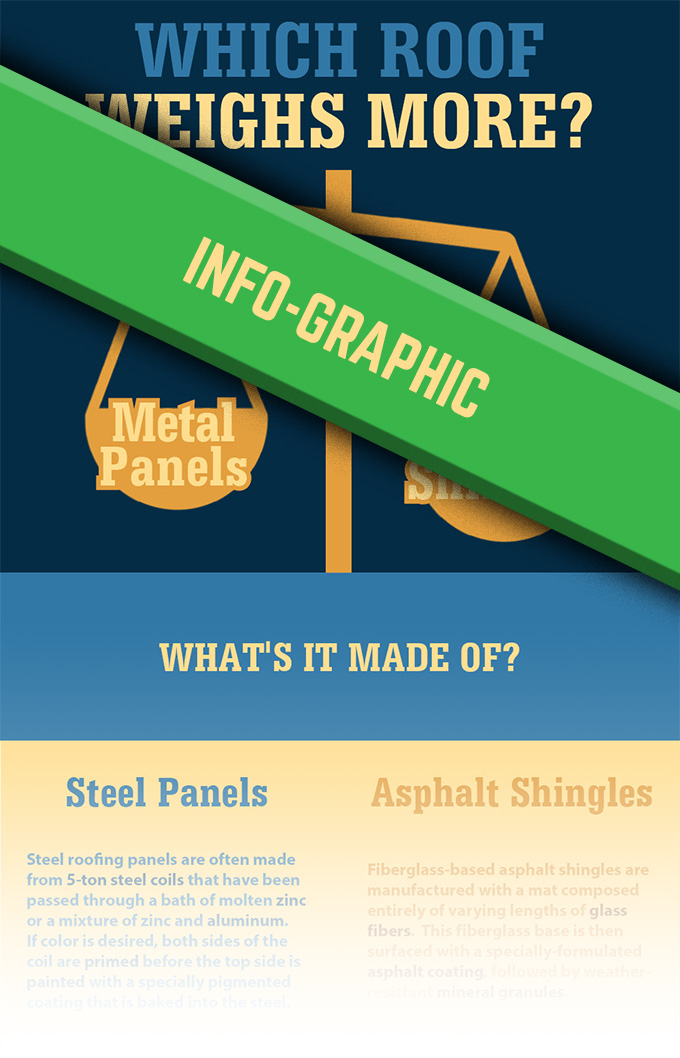Discovering The Financial Ramifications Of Solar Panel Arrangement: Is It A Valuable Investment?
Discovering The Financial Ramifications Of Solar Panel Arrangement: Is It A Valuable Investment?
Blog Article
Authored By-Storm Kane
When thinking about the prices of solar installation, you might wonder about the in advance financial investment required and whether it aligns with the potential lasting benefits. Comprehending the details of these expenses and the different aspects affecting the total return can clarify the value recommendation of transitioning to solar energy. By assessing please click the next post and the predicted financial savings in time, you can gain understanding into whether the financial investment in solar setup holds assurance for your monetary future.
Initial Configuration Expenditures
When considering the expenses of solar setup, the preliminary configuration costs play a vital duty in your decision-making process. https://solar-panel-manufacturer99987.actoblog.com/30847604/tips-for-guaranteeing-the-durability-and-effectiveness-of-your-solar consist of the rate of solar panels, inverters, mounting equipment, and installment labor.
The price of photovoltaic panels can vary depending upon the brand, effectiveness, and size you select. Inverters are necessary for converting the sun's energy right into usable power and come in various types such as string inverters, microinverters, and power optimizers, each with its own price implications.
Mounting tools, such as racks and rails, is required to firmly install solar panels on your roof covering or residential property.
The installation labor expense covers the professional installment of the planetary system, making sure that everything is established correctly and effectively. Keep in mind that while these first configuration expenses may appear high, there are often rebates, tax incentives, and funding alternatives offered to aid balance out the prices and make solar installation more inexpensive over time.
Long-Term Cost Savings Evaluation
To recognize the economic advantages of solar setup with time, it's essential to carry out a comprehensive long-lasting savings evaluation. While the first configuration expenditures of photovoltaic panels may seem difficult, the long-lasting savings can surpass these costs considerably. By utilizing the power of the sunlight to produce electrical energy for your home, you can possibly conserve hundreds of bucks on your utility bills over the lifespan of your planetary system.
One of the crucial elements to consider in a long-lasting savings evaluation is the decrease in your electrical power costs. With solar panels, you can create your power, lowering and even removing your reliance on the grid. This can bring about considerable cost savings, especially as utility prices continue to climb.
Furthermore, numerous federal governments supply motivations such as tax credit histories and refunds for mounting photovoltaic panels, additionally enhancing your long-term financial savings. By benefiting from these incentives and maximizing your solar power manufacturing, you can enjoy considerable financial benefits for several years to come.
Return on Investment Computation
Thinking about the monetary benefits of solar installation, it's time to analyze the Return on Investment (ROI) computation. Establishing the ROI entails comparing the total prices of mounting a solar system with the financial benefits it generates over its lifespan.
To calculate ROI, split the net make money from the system by the total investment price and increase by 100 to obtain a percentage. The ROI formula is: (Net Earnings/ Total Amount Investment Cost) x 100.
For instance, if the overall cost of mounting a solar system is $20,000, and over its life expectancy, it generates savings and incomes amounting to $30,000, the web revenue would be $10,000. Separating this by the overall investment expense of $20,000 gives a ratio of 0.5. Increasing this by 100 offers an ROI of 50%.
Typically, a higher ROI shows a much more monetarily gratifying financial investment. Variables like government motivations, upkeep expenses, and power price fluctuations can influence the ROI of solar setups. Understanding the ROI aids in assessing whether investing in solar energy is worth it in the future.
Conclusion
Finally, understanding the expenses of solar installment is crucial for identifying if it is worth the investment. By taking into consideration initial arrangement costs, conducting a lasting cost savings evaluation, and determining the roi, you can make a notified decision concerning the financial worth of solar energy. With the possibility for reduced utility expenses and raised energy self-reliance, investing in solar setup can be a smart selection for both your wallet and the atmosphere.
